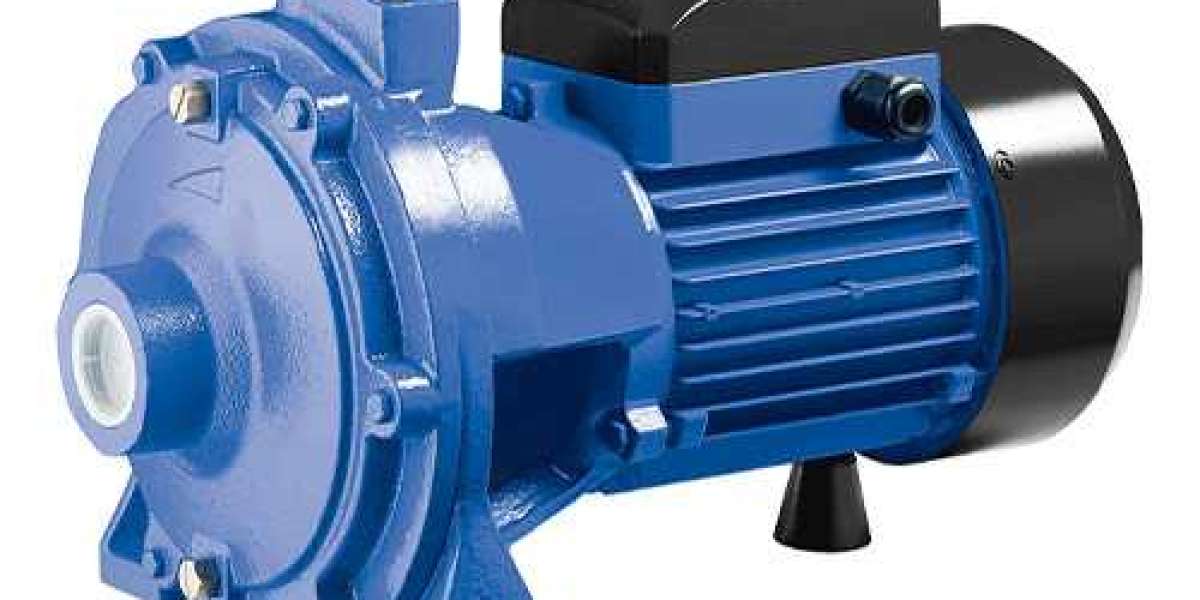In contemporary industrial environments, industrial fans and blowers are pivotal for regulating airflow, pressure, and environmental conditions. These devices convert mechanical rotation into directed aerodynamic energy, enabling the precise management of gases and particulates in processes ranging from ventilation and cooling to combustion and material handling. Properly engineered industrial fans and blowers enhance productivity, safety, and energy efficiency.
Types of Industrial Fans and Blowers
Centrifugal Industrial Fans and Blowers
Centrifugal industrial fans and blowers operate by radially accelerating air through impeller rotation, producing high static pressure. Forward-curved, backward-curved, and radial-blade designs are tailored to specific industrial needs, including dust-laden airflow, filtration systems, and high-resistance ducting.
Axial Industrial Fans and Blowers
Axial industrial fans and blowers move air parallel to the axis of rotation, providing high volumetric flow at low to moderate pressures. They are well-suited for open spaces, tunnels, and industrial ventilation systems. Propeller, tube-axial, and vane-axial configurations offer flexibility in airflow control.
Mixed-Flow Industrial Fans and Blowers
Mixed-flow designs integrate axial and centrifugal principles, allowing industrial fans and blowers to achieve both moderate pressure and high flow rates. These hybrid systems are ideal for versatile industrial applications where airflow and pressure requirements vary.
Industrial Applications
Industrial fans and blowers serve diverse functions:
Ventilation and HVAC: Maintaining temperature, air quality, and humidity control in industrial facilities.
Dust, fume, and gas extraction: Protecting workers and ensuring compliance with environmental regulations.
Combustion air supply: Delivering controlled airflow to burners, boilers, and furnaces.
Pneumatic material transport: Facilitating the efficient movement of powders, granules, and bulk materials.
Cooling and drying: Optimizing heat and moisture removal in manufacturing processes.
Performance Considerations
Efficiency and operational effectiveness of industrial fans and blowers depend on:
Volumetric flow rate (CFM / m³/h): Amount of air moved per unit time.
Static pressure (Pa / mmWG): Resistance the fan overcomes in ductwork or equipment.
Mechanical and aerodynamic efficiency (%): Ensuring optimal energy conversion.
Noise levels (dB): Maintaining acceptable operational noise.
Reliability and durability: Ensuring performance under industrial conditions.
Maintenance and Operational Best Practices
Regular lubrication of bearings and moving components.
Cleaning impellers, housings, and ductwork to prevent airflow obstruction.
Monitoring vibration, noise, and temperature to detect early wear.
Alignment inspections and replacement of worn components.
Ensuring proper installation and integration with industrial systems.
Conclusion
The deployment of industrial fans and blowers is critical to the efficiency and safety of modern industrial operations. Through careful selection, optimized performance, and regular maintenance, industrial fans and blowers contribute to reliable airflow management, energy efficiency, and enhanced operational productivity, establishing their role as indispensable assets in industrial engineering.



